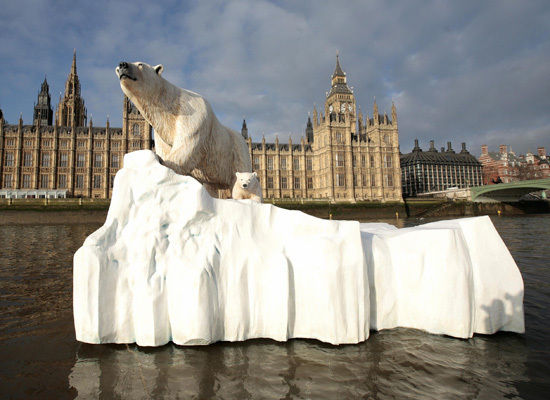This year we are running six free PR workshops for not for profit organisations.
They will be jointly run with Volunteering ACT and the Lions Club of Canberra Lake Burley Griffin and go from February to September 2010.
The workshops are open to any registered not for profit body. They are held in Canberra and last between two to four hours each.
- Workshop #1: Communicating to Community. Develop a 12-month PR plan that costs under $500 to carry out.
- Workshop #2: Social media for charities and other not for profits. How not for profit groups can use social media to reach the community.
- Workshop #3: Get Yourself PR Ready. Go behind the scenes to work out PR responsibilities, budgets and time-lines.
- Workshop #4: Sponsorship and fundraising. Get sponsorships and manage sponsors so they return next year and beyond.
- Workshop #5: Writing for the media. Learn to write media releases, media alerts and media backgrounders for mainstream and on-line media.
- Workshop #6: Event planning. Seven steps to holding great events.
We are settling the dates for these sessions with Volunteering ACT and will post dates and other details shortly.
This series follows our previous volunteer PR efforts. Since 2003 over 200 not for profits throughout Australia have attended similar free workshops.
Meanwhile what do you think we should cover in each session?
What information would be the most helpful?
And what other types of workshops would you like to see after this series?




